What Do Education Leaders Need? Surprisingly, What Students Do!
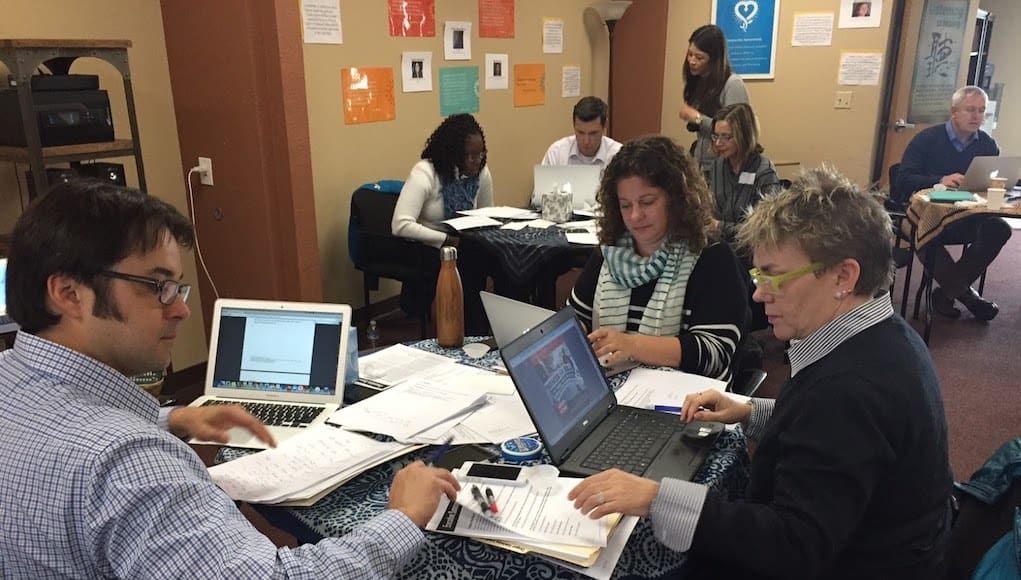
“Having the space to connect with other equity-focused systems leaders has to be one of the most valued aspects of being in the Deeper Learning Leadership Forum. I appreciate the professional learning, which has already pushed my leadership to expect more and create a path toward excellence.”
Joe Davis, Superintendent of Schools in Ferguson, Missouri
If learning truly is a lifelong process, then even education leaders need to stay on the learning path and see ongoing leadership development as critical to their—and their students’—success.
We believe this wholeheartedly at Envision Education, as we work to support our school leaders in their own growth and development so that they can in turn maximize the success of our students. We take this belief into our work with the inspiring leaders who are part of the Deeper Learning Leadership Forum (DLLF).
The DLLF is a cohort-based two-year leadership journey offered by Envision Learning Partners that develops, strengthens and sustains a group of well-prepared leaders for the Deeper Learning movement. Our cohort members are district and network leaders from all over the country. They are smart, experienced educators with deep commitments to advancing the cause of educational equity and strengthening their own abilities to lead sustainable education reform. Our goal for the DLLF is to help them meet these commitments and create more engaging, equitable schools across the country. So how do we do that? What are the elements of a leadership fellowship program that we consider essential to creating a transformative and deep experience for these amazing leaders?

For us, it is important to look to students for the answers. We can all agree that schools exist to help students learn, grow and develop into successful, capable, fulfilled adults. What strikes us are the similarities between what students need in order to succeed and what school and systems leaders need to do the same. Students and educational leaders need similar learning conditions in order to grow, develop and succeed in their very different paths; they both need learning experiences that meet the following criteria.
1. Grounded in Strong Relationships. In classrooms characterized by strong relationships, students feel safe. As a result, they can engage more fully in their learning. When students trust each other and their teachers, they are more motivated and encouraged to speak up and get involved. Then, when the teacher assigns a collaborative project, the students can use those foundational relationships to take the content farther and develop their own abilities more deeply. The same applies to leaders. Leadership development efforts benefit when the participants are given opportunities to connect on both personal and professional levels. When this happens, they are more likely to share their experiences and knowledge, and to learn from one another. Stronger bonds mean that these leaders are more likely to try the new ideas they share with each other, and more likely to talk about failures and challenges—relationships can provide the places for reflection and growth that are critical if real, sustained change is to take place.
How do we build strong relationships?
One critical way is by providing multiple opportunities for storytelling and for getting to know each other. In Envision classrooms, teachers invite students to bring their experiences to the tasks at hand, and to contribute whatever they know to the discussions happening around them. Teachers engage students on a personal level to build the trust that will be necessary during challenging times—and there are always challenging times. In the DLLF, we devote plenty of time to creating meaningful connections with each other and intentionally creating a shared experience that will engage and inspire the members. This is so important that it is reflected in the DLLF’s Essential Question for the entire 2-year experience: how does a shared experience allow us to build community, think more deeply and meaningfully discuss learning and equity? There is an essential link between strong, connected relationships and the quality of the leadership development experience. When emerging leaders feel positive about the group, their willingness to explore, risk and challenge each other grows and the result is a richer, more empowering experience for all.
2. Sustained: Learning is an ongoing process, and so is leadership development. People—students and leaders—need time and ongoing opportunities to incorporate new knowledge into existing operations and approaches. While sustainability is “built in” to classroom learning, with teachers mapping out days and weeks for various learning objectives, leadership development can also have a structure that supports sustained, progressive learning. This is how both students and leaders integrate what their learning into how they do their respective “jobs.”

How do we create sustained learning experiences?
In Envision schools, teachers and students use sustained inquiry within project-based learning to approach essential questions. As explained by John Larmer and John R. Mergendoller of the Buck Institute for Education, sustained inquiry “is iterative; when confronted with a challenging problem or question, students ask questions, find resources to help answer them, then ask deeper questions—and the process repeats until a satisfactory solution or answer is developed.” As time goes by, the classroom community builds on prior discussions, research and experiences to come to a comprehensive understanding of the question at hand.
In the DLLF, cohort members meet three times a year with a shared goal (to advance educational equity) and a shared belief (that deeper learning moves us closer to that goal). Each gathering builds upon the last, layering new ways of understanding and exploring equity and deeper learning, and engaging members in posing new questions that push the learning forward.
3. Experiential: How do you learn how to ride a bike? By reading about it, listening to a podcast, or watching a Ted Talk on how to do it? Ultimately, that kind of background learning will only take you so far. To really learn the skills and how to apply them, you have to hop on that bike and give it your best shot. You need to experiment with pushing the pedals, turning the handles right and left, and applying the brakes; you build on those skills by going out into a neighborhood and seeing what it’s like to put them to use in real life, where car doors open into bike lanes and busy cars zip by. The same is true for all learning: the most effective way to learn is to DO—to take the building blocks you’re given and make your first, second and third attempts to do something with them. Over time, each bicycle ride improves and gets stronger.
How do we create experiential learning opportunities?
In our classrooms, this kind of praxis—learning by doing—happens in all kinds of ways. Students learn about election issues by creating campaign advertisements; they learn about immigration by interviewing immigrants, and then writing and performing monologues that tell the stories and offer multiple perspectives. In the DLLF, we seek to engage the members in similar project-based learning experiences to enrich their exploration of the Essential Question. At one gathering, members visited the San Francisco Mission District to explore gentrification. At another, members spread out across New Orleans to visit various schools and programs in order to construct, together, a comprehensive picture of the education landscape in that city.
It makes sense that effective leadership development mirrors effective classroom instruction, as all education is really a human development endeavor. Adults are no less likely to become engaged in high quality learning experiences than are young people. What is particularly exciting to us about this professional learning model is how adults who experience learning this way have the first hand knowledge of how important it is and how many possibilities it opens up for the learner. School leaders who understand this will work even harder to deliver the same experiences to students.
It is critically important that every aspect of supporting schools be designed and implemented with the ultimate goal in mind: to help students succeed. We can’t think of a better way to prepare their leaders than to inspire them through connected, sustained and experiential learning, so that they can create schools that give students the same.
This blog is part of “It’s a Project-Based World” series. To learn more about this series and to learn ways that you can contribute, click the icon below to go to the Project-Based World page.
Join in the conversation at #projectbased.
For more, see:
- How Can School and Community Leaders Support Deeper Learning?
- Designing Student Projects for Global Readiness
- The Power of Project-Based Instruction in AP Physics
Gia Truong is CEO of Envision Education. Follow her on Twitter: @gia_envision
Stay in-the-know with all things EdTech and innovations in learning by signing up to receive the weekly Smart Update. This post includes mentions of a Getting Smart partner. For a full list of partners, affiliate organizations and all other disclosures, please see our Partner page.




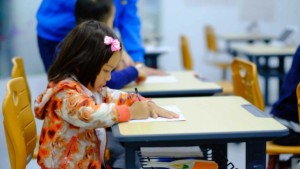
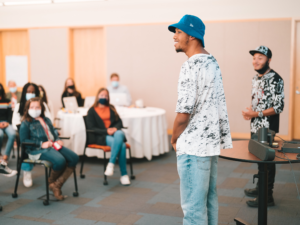
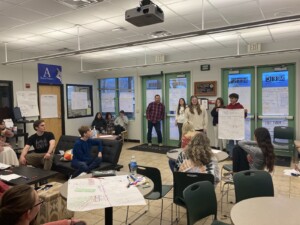
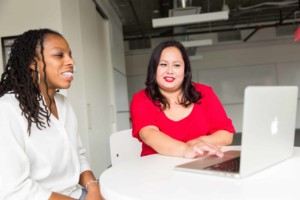
0 Comments
Leave a Comment
Your email address will not be published. All fields are required.